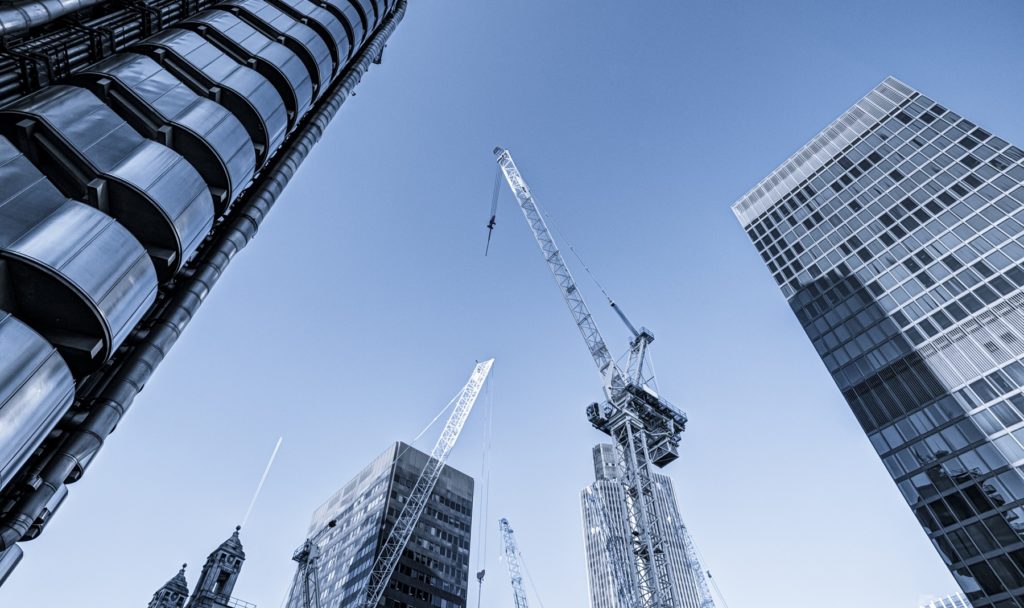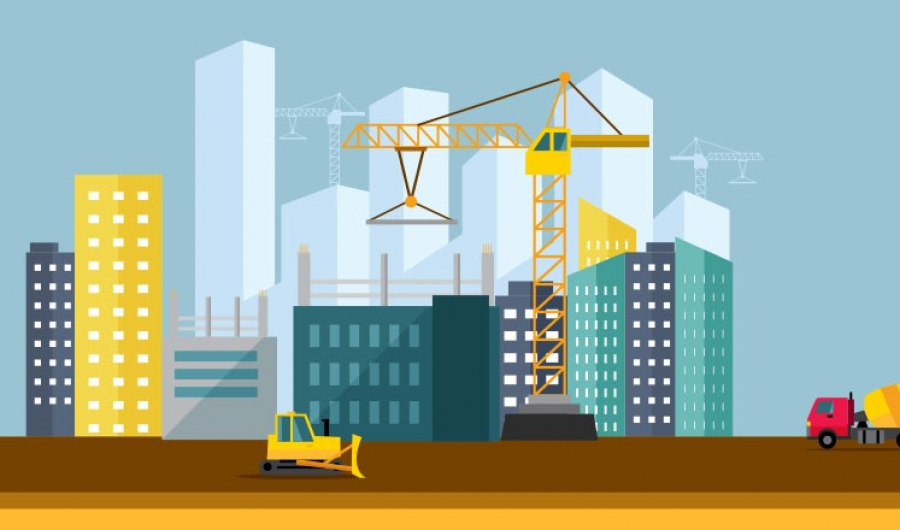A key factor in reversing this situation is to get capital flowing, especially to developing countries, and specifically to sustainable, quality infrastructure.
Substantial change is needed not only in the way we build infrastructure, but also in the way we finance it.

The necessary improvements in infrastructure, to provide basic and essential services to millions of people around the world, account for up to 4.5% of GDP annually.
In addition, developing countries will need $2.4 trillion annually over the next seven years to address climate, conflict and pandemic costs alone.
Even in the best of times, no single entity could afford this price tag.

For decades, private sector investment in infrastructure has been common for precisely this reason. Our annual Private Participation in Infrastructure (PPI) database has tracked these investment levels over more than three decades to help monitor progress and identify opportunities.
From this inventory of data, we know that from 2000 until the global pandemic, the private sector committed about US$97 billion annually (in 2021 dollars), on average, to infrastructure projects in emerging market and developing economies. The pandemic had a major impact on private participation in infrastructure, but there are encouraging recovery trends.
Private sector commitments to infrastructure projects reached US$91.7 billion for 263 projects in 2022, an increase of 23% compared to 2021. This is the second consecutive year of an increase following the plummet in 2020 during the pandemic, when private infrastructure investment declined by 52%; and investment levels in 2022 exceeded the previous five-year average by 4%. Transportation continued to lead the sustained recovery in 2022, and significantly outperformed other sectors.

With a total investment of US$66.2 billion for 85 projects, transportation accounted for 68% of private participation in infrastructure in 2022. This increase can be explained by higher investment in road works, which have historically been the main sub-sector in transportation commitments.
The energy sector also accounted for an appreciable share of IPP in 2022, reaching a total of USD 25.9 billion, an increase of 21%.
Compared to 2021, IPP commitments increased in both Latin America and the Caribbean and East Asia and the Pacific: 16% and 17%, respectively. South Asia received an impressive USD 13.9 billion in 2022, a 10-year high, and more than 15% of total commitments.
Despite this spending and signs of ongoing recovery, investment levels and the number of projects are simply not sufficient, and are uneven across regions and countries. In 2022, we see only 263 projects, compared to 380 before the pandemic.
Translated by: A.M
 English
English  Español
Español 
